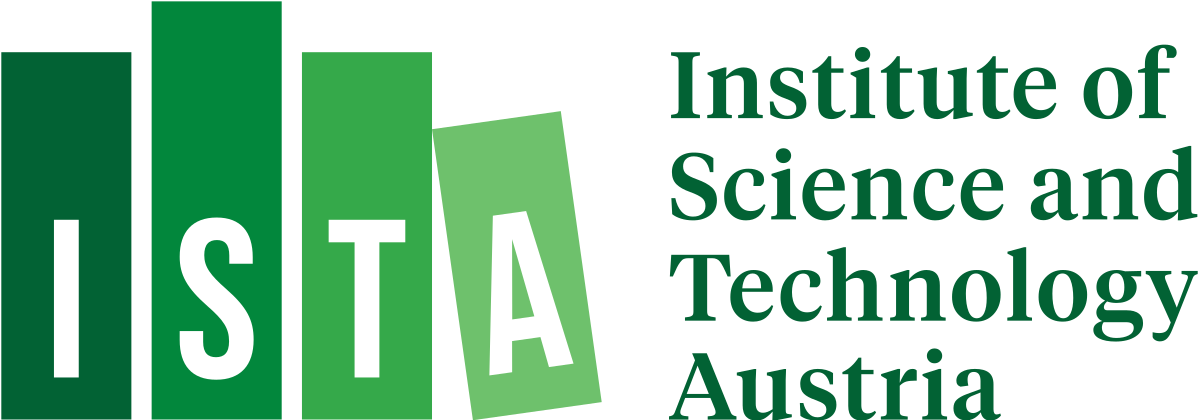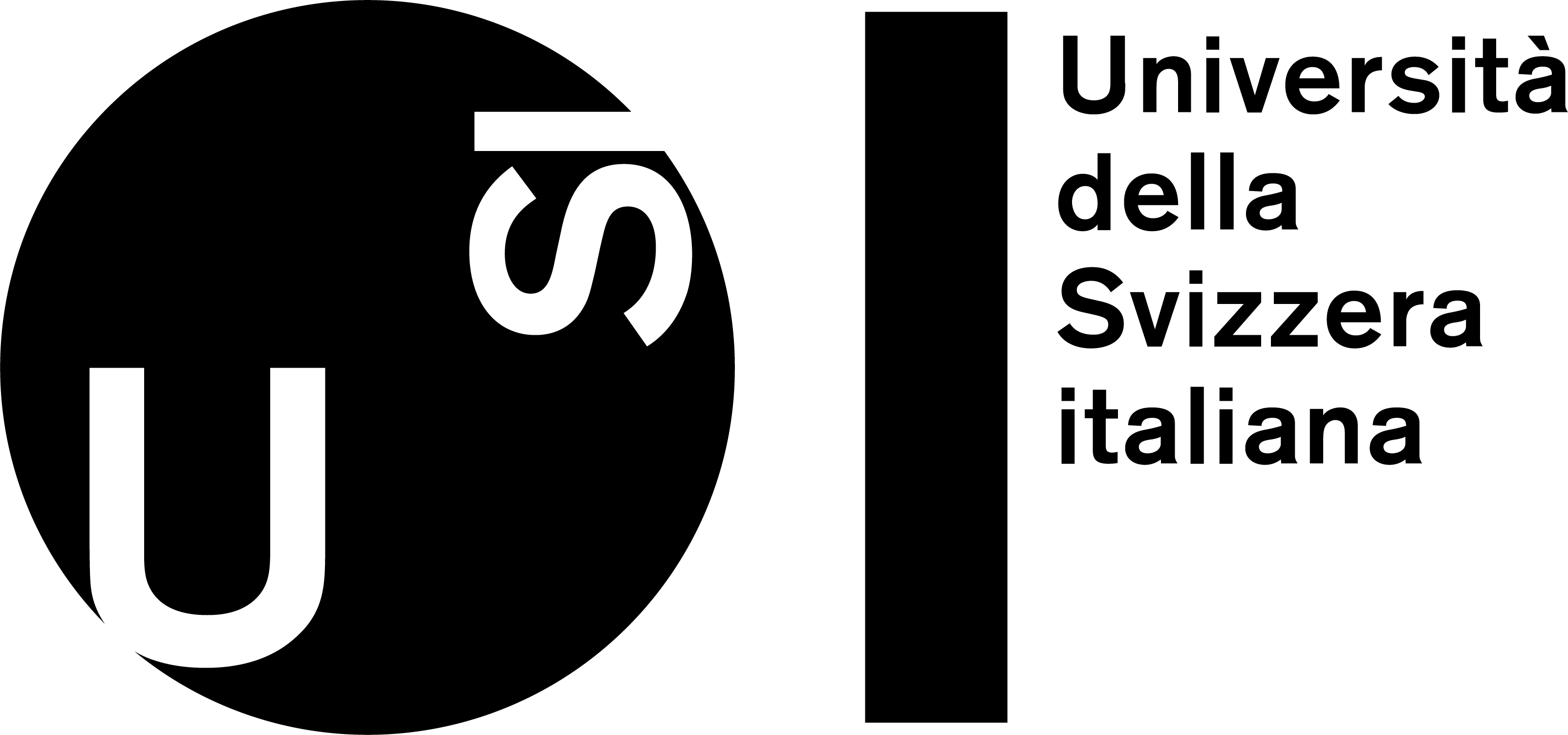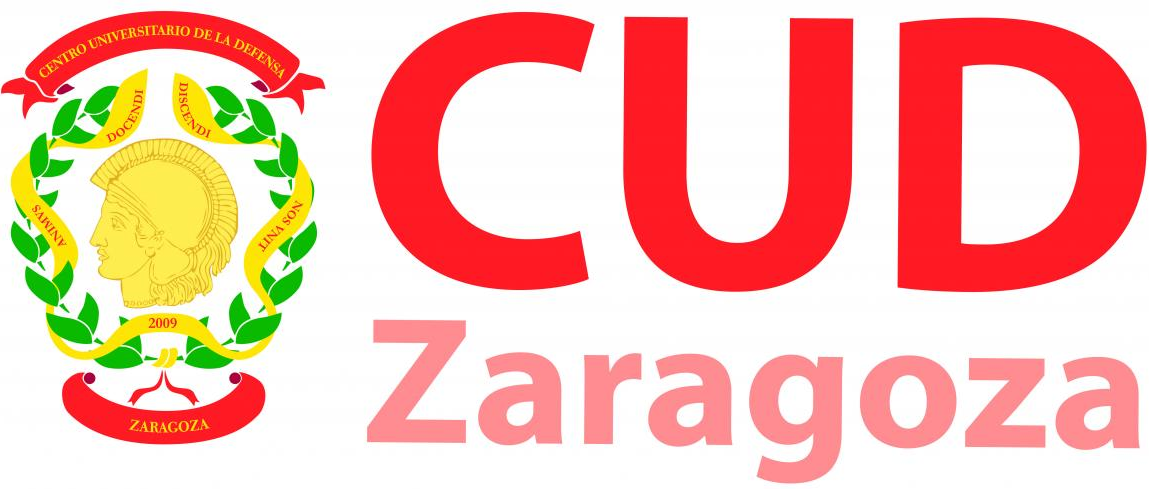The effect of geometry and illumination on appearance perception of different material categories

The understanding of material appearance perception is a complex problem due to interactions between material reflectance, surface geometry, and illumination. Recently, Serrano et al. collected the largest dataset to date with subjective ratings of material appearance attributes, including glossiness, metallicness, sharpness and contrast of reflections. In this work, we make use of their dataset to investigate for the first time the impact of the interactions between illumination, geometry, and eight different material categories in perceived appearance attributes. After an initial analysis, we select for further analysis the four material categories that cover the largest range for all perceptual attributes: fabric, plastic, ceramic, and metal. Using a cumulative link mixed model (CLMM) for robust regression, we discover interactions between these material categories and four representative illuminations and object geometries. We believe that our findings contribute to expanding the knowledge on material appearance perception and can be useful for many applications, such as scene design, where any particular material in a given shape can be aligned with dominant classes of illumination, so that a desired strength of appearance attributes can be achieved.
Downloads
Citation
Bin Chen, Chao Wang, Michal Piovarči, Hans-Peter Seidel, Piotr Didyk, Karol Myszkowski, Ana Serrano, The effect of geometry and illumination on appearance perception of different material categories, The Visual Computer volume 37, pages 2975–2987 (2021)@article{Chen2021,
author = { Bin Chen and Chao Wang and Michal Piovar\v{c}i and Hans-Peter Seidel and Piotr Didyk and Karol Myszkowski and Ana Serrano},
title = {The effect of geometry and illumination on appearance perception of different material categories},
journal = {The Visual Computer},
volume = {37},
year = {2021},
}




